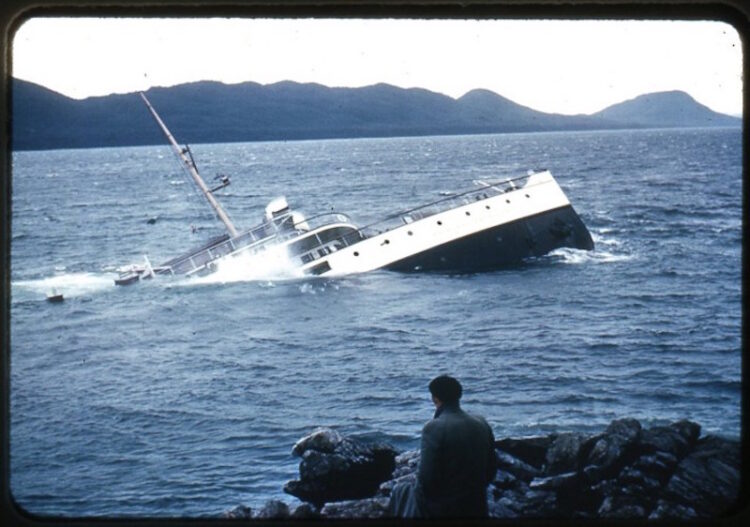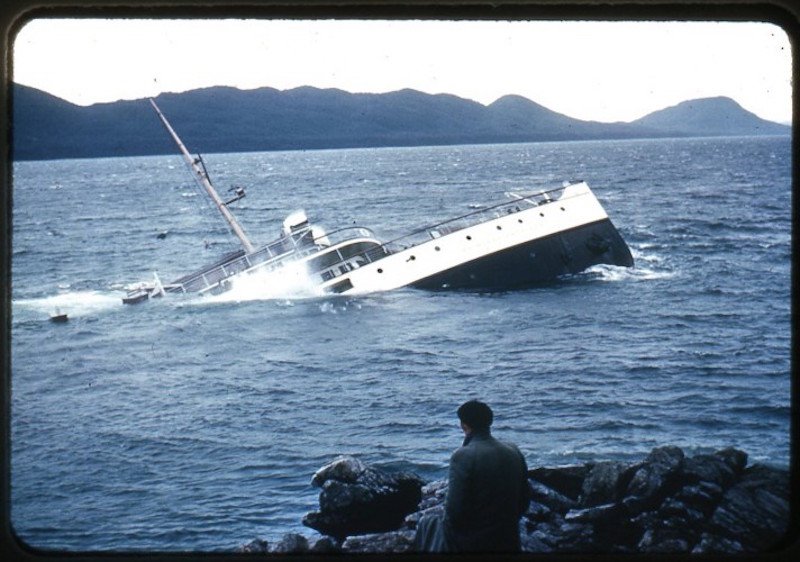How many entrepreneurs do you know that “almost” made it big? Startups are very risky, and most fail. Yet entrepreneurship is one of the fastest growing trends in business today. Surveys show that entrepreneurs are among the happiest people in business, despite the challenges. Yet it would pay real dividends to know at the start what separates the “also-rans” from the winners.
As an advisor to many entrepreneurs and startups, I’m always looking for early signs that usually lead to an “almost” success, but I have found them hard to pin down. Maybe that’s the reason I was intrigued by a new book, “Almost: 12 Electric Months Chasing A Silicon Valley Dream,” by Hap Klopp and Brian Tarcy. It’s a true story of “almost” at Ardica Technologies in Silicon Valley.
Even startups with a cast of gifted geniuses and seasoned entrepreneurs can easily fall victim to these malaises. Here are the key lessons from this story and my experience that I believe every entrepreneur should take to heart:
- Invention without commercialization is not a business. Your technology may be amazing and the opportunity huge, but these alone don’t ensure a business success. It still requires solution delivery, a team working together, and customers with money to spend. Make sure you are building what customers want, rather than what you can build.
- Running short on money often leads to bad decisions. Vendors and most people on your team need to keep getting paid, or their loyalty quickly shifts to retribution. Crisis survival decisions can easily be counter-strategic and lead to product and people credibility gaps. Soliciting timely and adequate funding is more critical than development.
- Multiple cultures cannot co-exist in a single company. Culture is simply “the way we do things around here,” and it trumps strategy every time. Everyone on the team must share the same purpose, values, and goals. Culture clash can be some people driven by technology and others by customers. The founder sets the culture by words and actions.
- Startup leaders must exhibit trust and transparency. Successful entrepreneurs must create and maintain an environment of team trust to build loyalty and commitment. They need to focus on people behaviors, rather than personalities, to engender trust. Then they “say what they mean and mean what they say” all the time every time to prove it.
- Team conflict that turns into friction will slow you down. The best startup teams don’t shy away from healthy debates between team members or founders. That’s the way smart people with innovative insights make real change happen. But heated debates can generate so much emotion and friction that the entire team becomes dysfunctional.
- No amount of passion will save a solution that is not ready. If you solution doesn’t work, or exhibits quality problems in the marketplace, no amount of determination or expertise will save you. For high technology solutions, almost working is failing. Founders need to be realists, to understand when to pivot and when to fall back in recovery mode.
- Get rich quick is not a viable startup strategy. Entrepreneurs driven primarily by money are usually disappointed, which can cause them to give up too early or set poor goals. Seth Godin once said that overnight success in startups takes about six years, and Seth is an optimist. Make sure you enjoy the journey as well as the destination.
- Failing to plan is planning to fail. Like the old refrain, if you don’t know where you’re going, you will probably end up somewhere else. If you don’t formally communicate a plan, everyone will follow their own default, killing the teamwork and productivity you need to survive. No startup is so simple that everyone knows what is in your head.
These are all crucial business lessons that are best learned by reading, not repeating. If you see the symptoms in your own startup, there still may be time for recovery, or it may be time to jump ship before disaster strikes. If it’s too late for you, then at least take consolation in the fact that failure in a startup is not a career-ending disgrace, and should be worn as a badge of honor.
Image credit: CC by Tom Brandt




